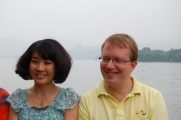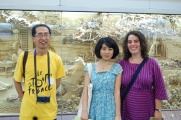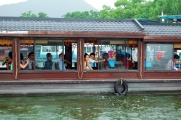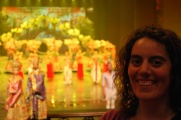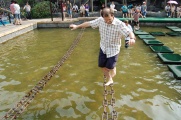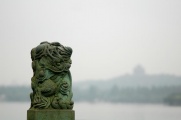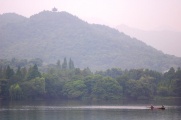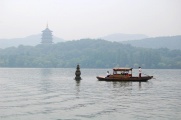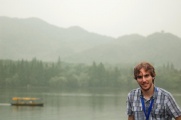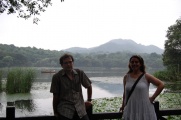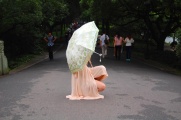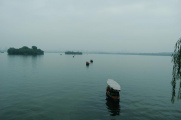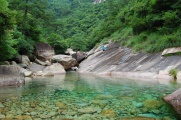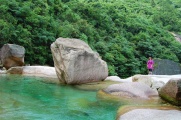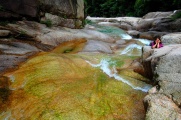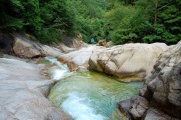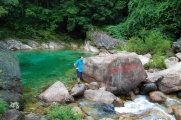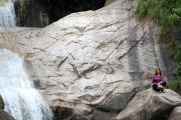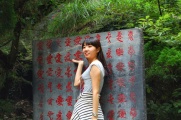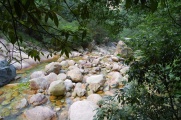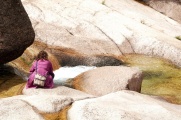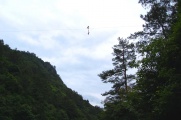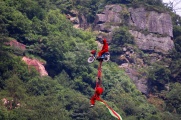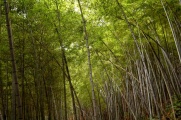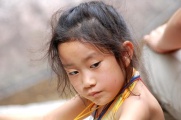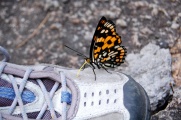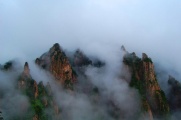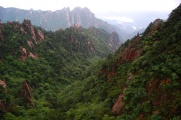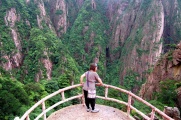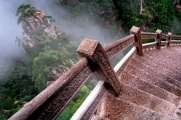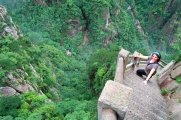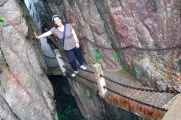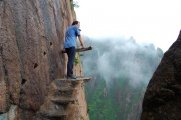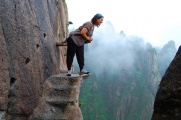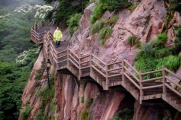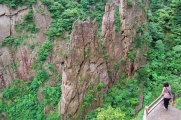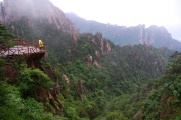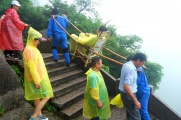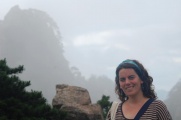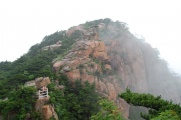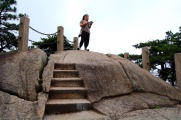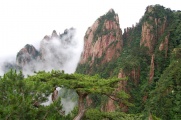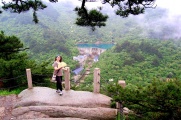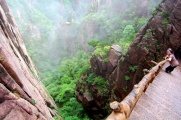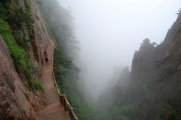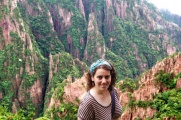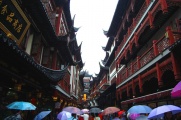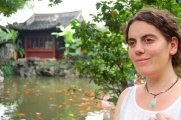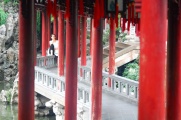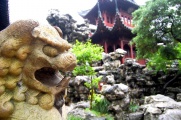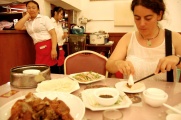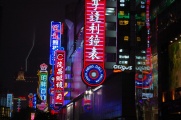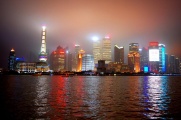|
|
| Line 67: |
Line 67: |
| | Image:Huangshan-22.jpg|The place, busy in the day, would become incredibly quiet and desolate in the evening. | | Image:Huangshan-22.jpg|The place, busy in the day, would become incredibly quiet and desolate in the evening. |
| | Image:Huangshan-23.jpg|Although the Chinese tourists also provide quite a lot of fun. | | Image:Huangshan-23.jpg|Although the Chinese tourists also provide quite a lot of fun. |
| − | Image:Huangshan-2.jpg|Elena with a giant. | + | Image:Huangshan-2.jpg|Elena with a giant hiding in the clouds. |
| | Image:Huangshan-6.jpg|Do you see her? | | Image:Huangshan-6.jpg|Do you see her? |
| | Image:Huangshan-4.jpg|A map of the top of the sky. | | Image:Huangshan-4.jpg|A map of the top of the sky. |
Revision as of 22:06, 8 July 2012
PLMCN12
The 13th edition of the PLMCN was held in Hangzhou (杭州), China.
We shared our table with three Chineses, one of them actually a post-doc in Southampton whom we never met there! He recommended us to visit the Yellow Mountains after the conference, which we did.
Below are some pictures of the conference and surroundings.
West Lake
Xin Xin, conference organizer, and Alexey Kavokin, the conference father.
Zhanghai Chen, the conference host, Xin Xin again and Elena.
End of a show from the conference excursion,
in a Chinese amusement park where you could amuse yourself in this way.
The West Lake is the most beautiful beauty of Hangzhou.
The mountains and the fog make it a spot of unique atmosphere, with pagodas, sampan and legends all around.
This is one of the three ponds mirroring the moon (familiar to everyone in China from the one-Yuan bill).
Alejandro Gonzalez-Tudela (conference badge cropped).
Elena and myself. I was looking doubtful of Alejandro's taking this picture.
A mysterious lady on the causeway between the West Lake and Xi-Li lake.
West Lake in the evening.
Emerald Valley
The most beautiful ones would tell you a Chinese poem.
Others would speak with nothing needing written down.
A bridge other the water,
We barely noticed them at first.
Here they are, zoomed in.
A balcony with a view over the colours.
A beautiful chinese couple.
A butterfly with a facial expression getting in touch.
黄山
Huangshan (黄山), literally the "Yellow Mountain", is a mountain range composed of material uplifted from an ancient sea during the Mesozoic era and subsequently carved by glaciers during the Quaternary [1]. It is one of the most beautiful place on earth, the archetype of Chinese paintings, with pine trees perched on salient peaks piercing through the fog.
Fantastic platforms hanging from the mountain allow you to peek into the precipices.
Of course the access is not for the faint-hearted.
But the views are unique.
At first you think you get blocked somewhere,
but after a while, you get used to it.
and then no viewpoint seems unreacheable.
though as seen from below, it is madness.
Chatting with a precipice.
The place, busy in the day, would become incredibly quiet and desolate in the evening.
Although the Chinese tourists also provide quite a lot of fun.
Elena with a giant hiding in the clouds.
A map of the top of the sky.
The fog would fall anytime,
and disappear just as quickly.
Shanghai
A bridge in zig-zag, maybe to confuse bad spirits, trapping Elena.
A Chinese guardian lion (Shishi).
A charismatic figure looking at time passing from the meagre comfort of his bike, possibly since always.
Chinese food, at the dismay of the head waitress.
Last chance to taste, at the airport. This is closer to European Chinese cooking.
